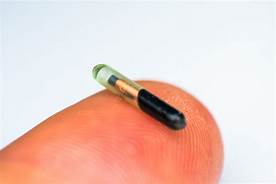What is PETG?
PETG, or polyethylene terephthalate glycol, is a thermoplastic that is similar to PET (polyethylene terephthalate), but with the addition of glycol. This makes it more flexible, impact-resistant, and easier to print. PETG is a popular material for 3D printing, as it is relatively inexpensive and easy to use.

Properties of PETG
PETG is a strong and durable material with good impact resistance. It is also resistant to chemicals and solvents, making it a good choice for outdoor applications. PETG is also relatively transparent, making it a good choice for windows and other applications where transparency is desired.
Applications of PETG
PETG is used in a variety of applications, including:
- 3D printing
- Food and beverage packaging
- Medical devices
- Automotive parts
- Consumer electronics
- Construction
Advantages of PETG
PETG has a number of advantages over other materials, including:
- It is strong and durable.
- It is impact-resistant.
- It is resistant to chemicals and solvents.
- It is relatively transparent.
- It is easy to print.
- It is relatively inexpensive.
Disadvantages of PETG
PETG also has a few disadvantages, including:
- It is not as strong as some other materials, such as polycarbonate.
- It is not as heat-resistant as some other materials, such as ABS.
- It can be difficult to recycle.
Conclusion
PETG is a versatile material with a wide range of applications. It is a good choice for 3D printing, as it is relatively inexpensive and easy to use. PETG is also a good choice for outdoor applications, as it is resistant to chemicals and solvents. However, it is not as strong or heat-resistant as some other materials.
Declaration: All article resources on this website, unless otherwise specified or labeled, are collected from online resources. If the content on this website infringes on the legitimate rights and interests of the original author, you can contact this website to delete it.




